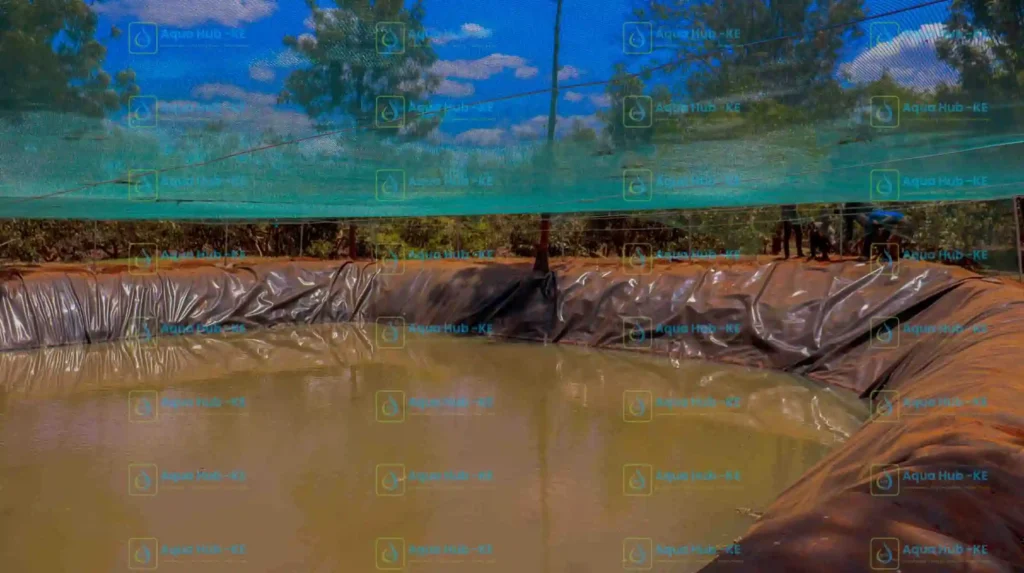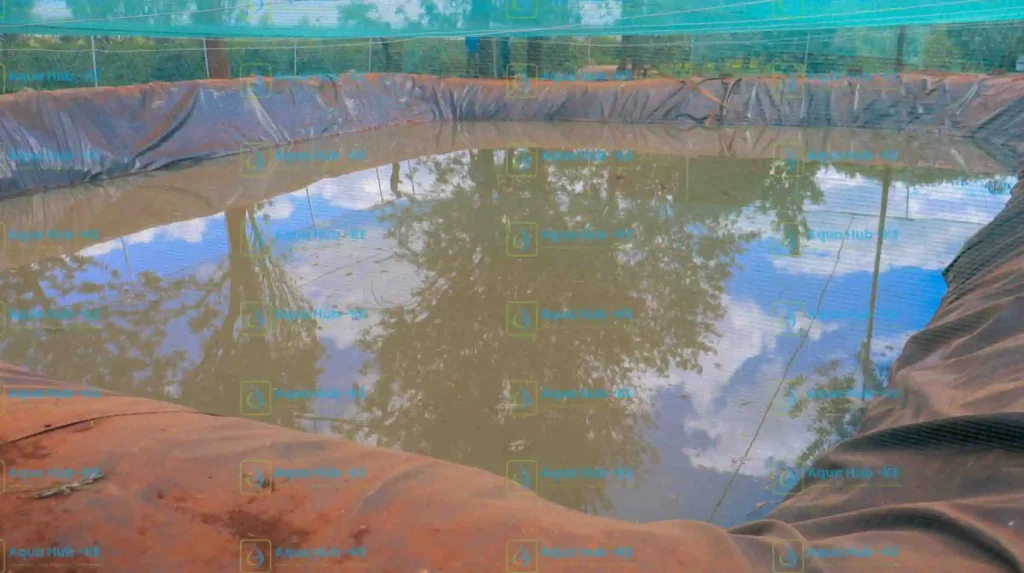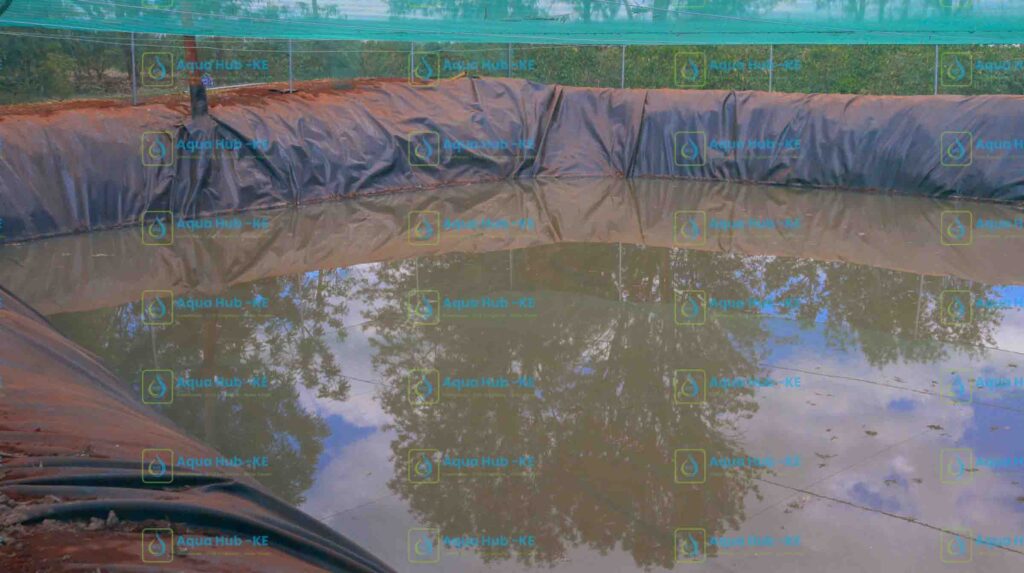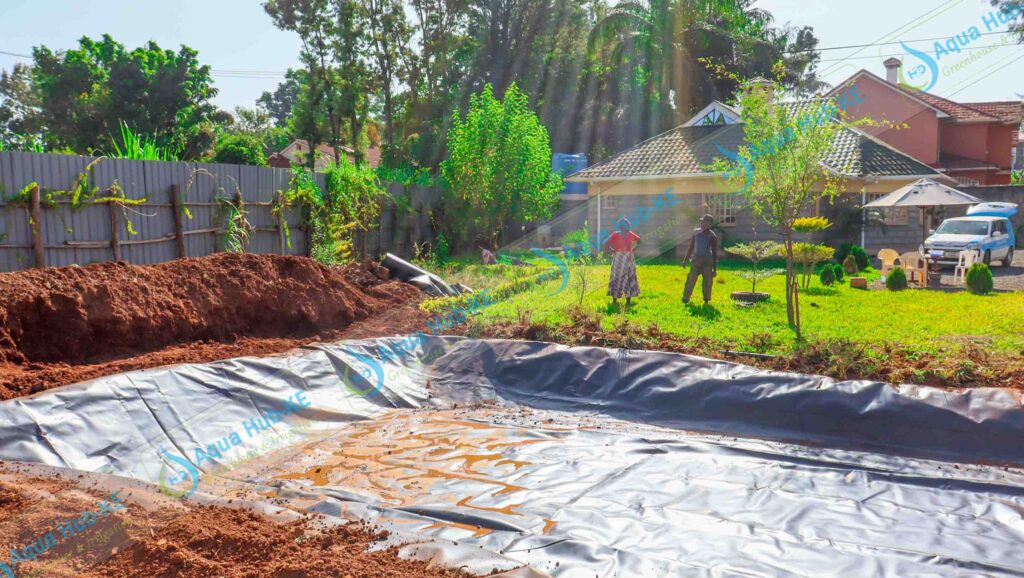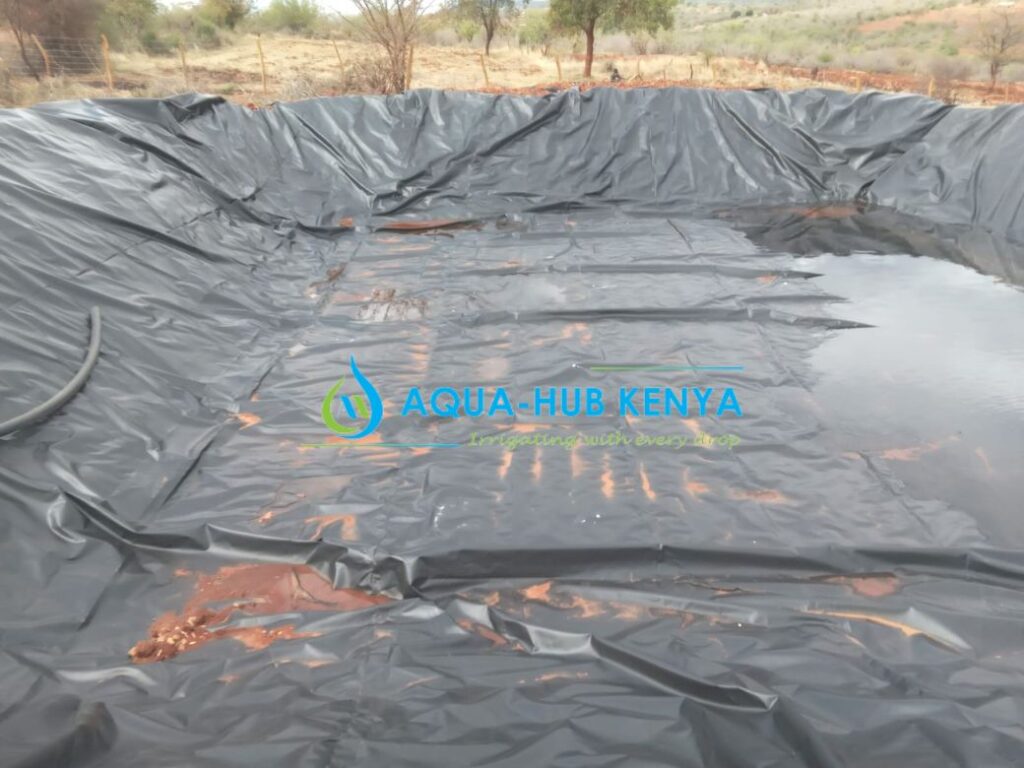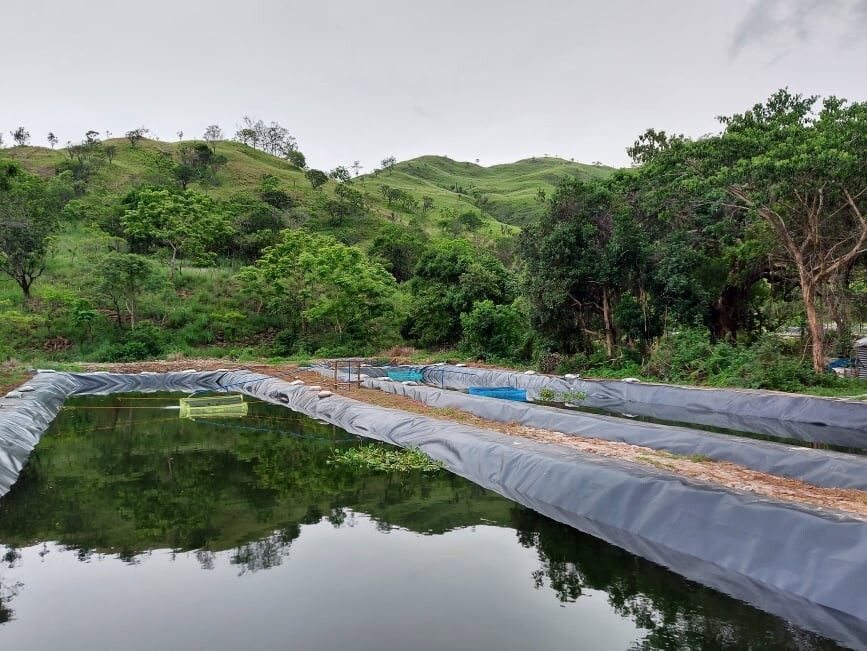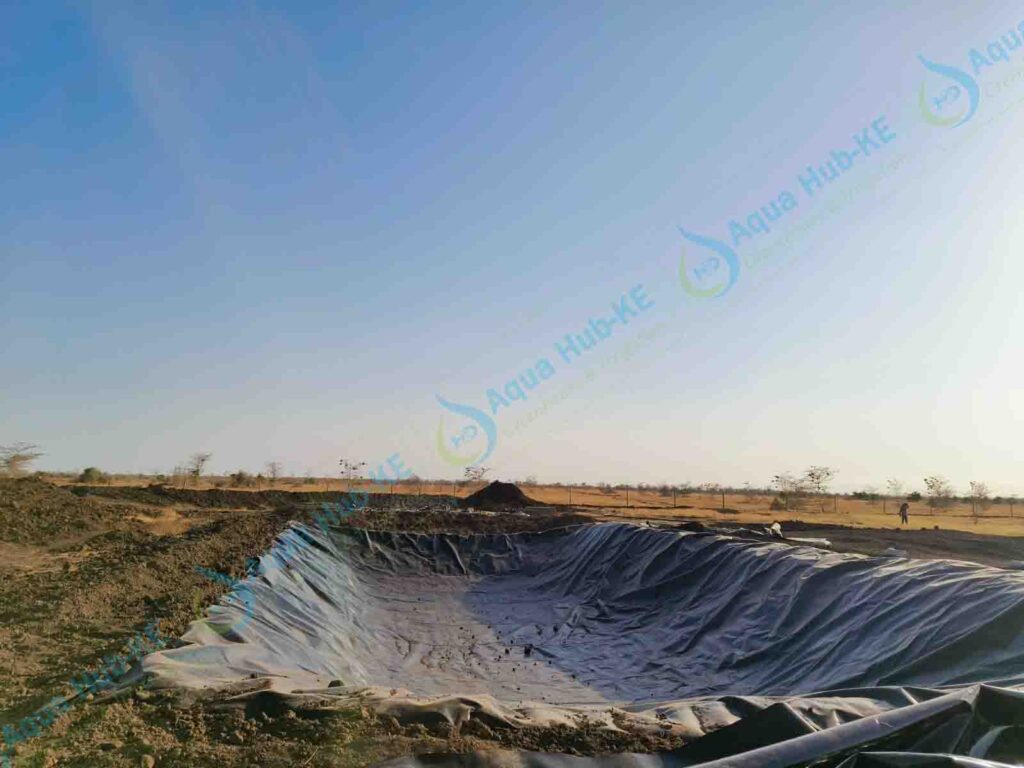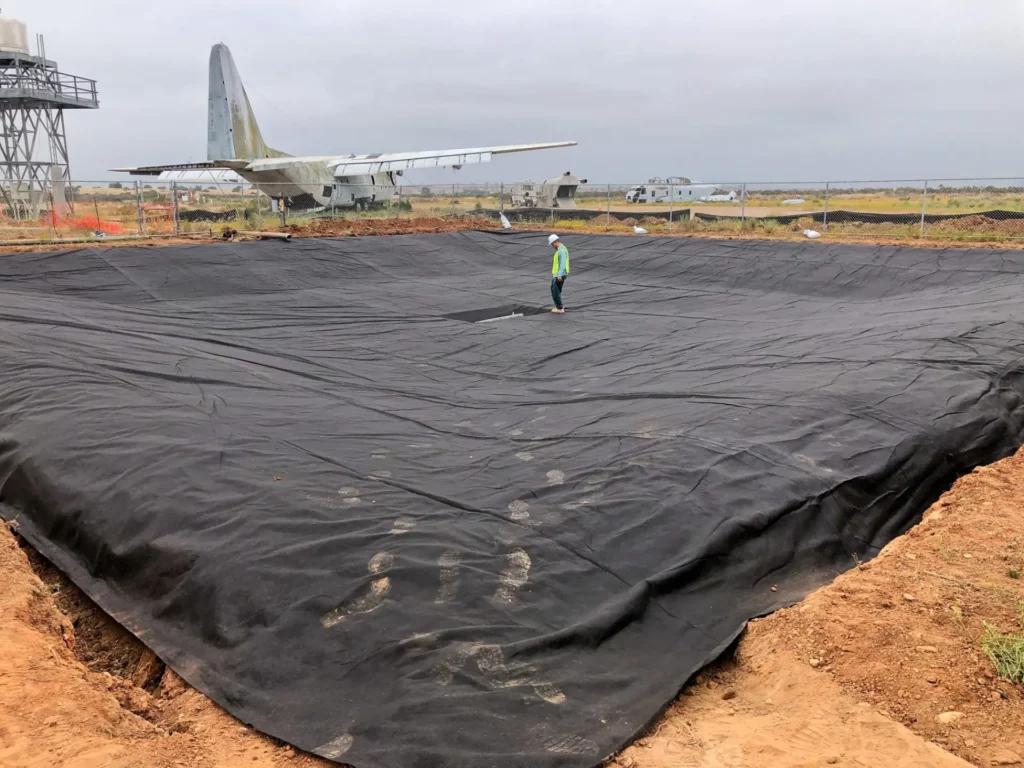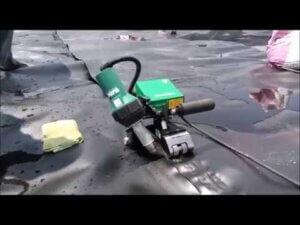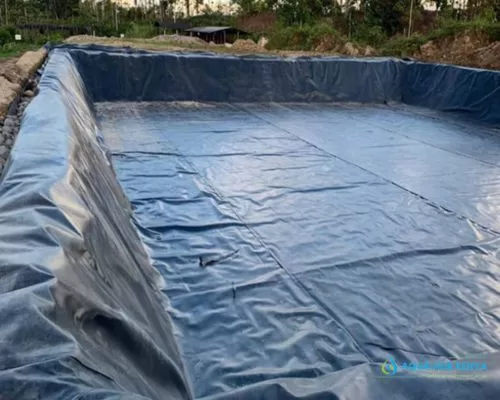Blog
Dam Liners for Concrete Tanks in Kenya
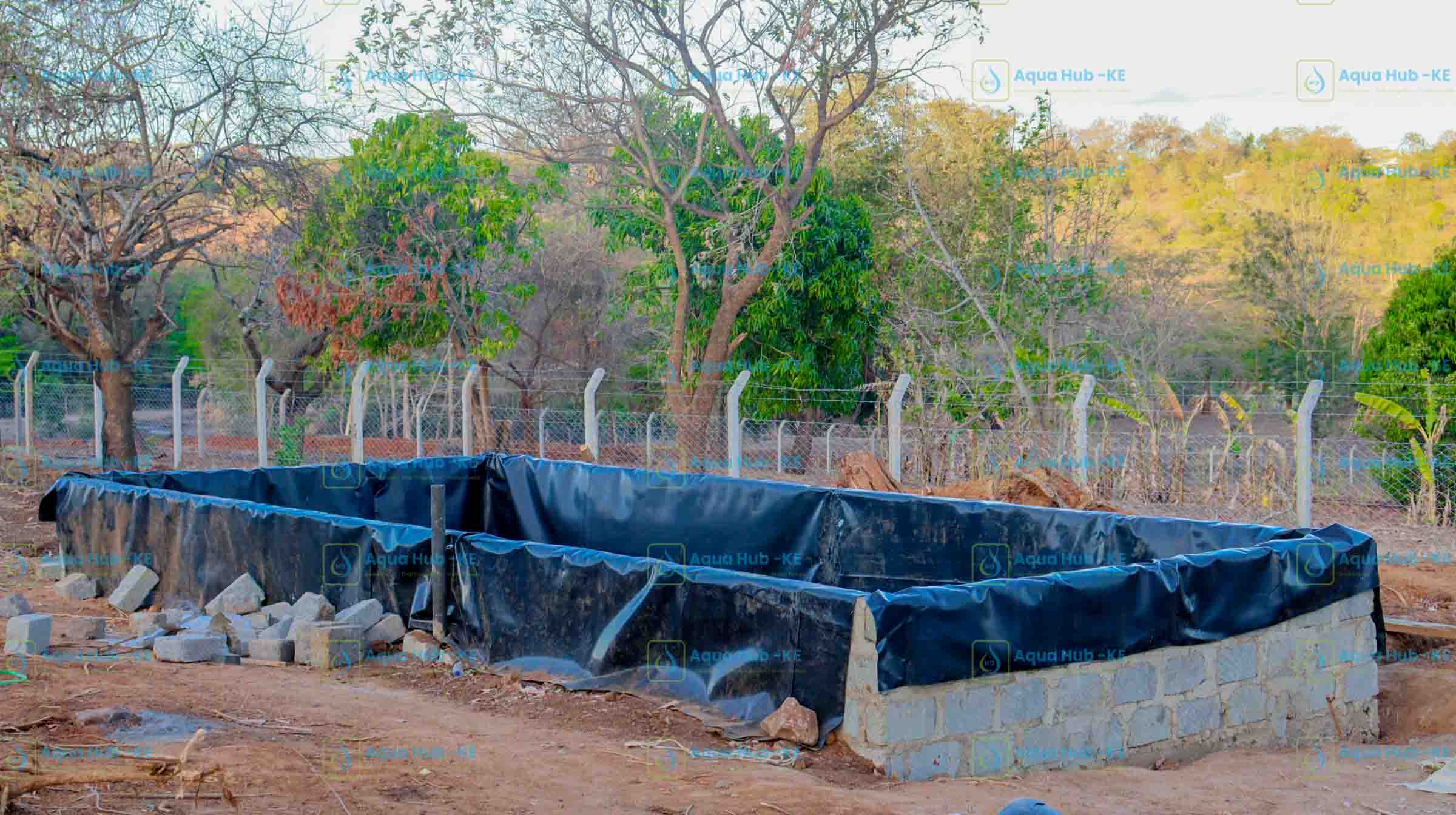
At Aqua Hub LTD, we have quality dam liners for concrete tanks and offer professional installation at lower charges.
To reach us: Call 0790719020
Concrete tanks are among the methods of storing water for farm and domestic uses in Kenya. However, concrete tanks are not very effective as they crack and leak water with time especially in hot climates. To address this solution, dam liners can be wrapped and jointed to cover the inner surfaces of the tank and prevent water loss.
Because dam liners are durable and waterproof in nature, your stored water remains intact for future use.
How Much is a Dam Liner for Concrete Tanks?
Dam Liners are sold at different prices as per the gauge or thickness of available types. Common dam liners size Cost the following prices per square meter.
- KES 200 for 0.3 mm
- KES 230 for 0.5 mm
- KES 320 for 0.75 mm
- KES 430 for 1 mm
Dam Liners for Concrete Tanks
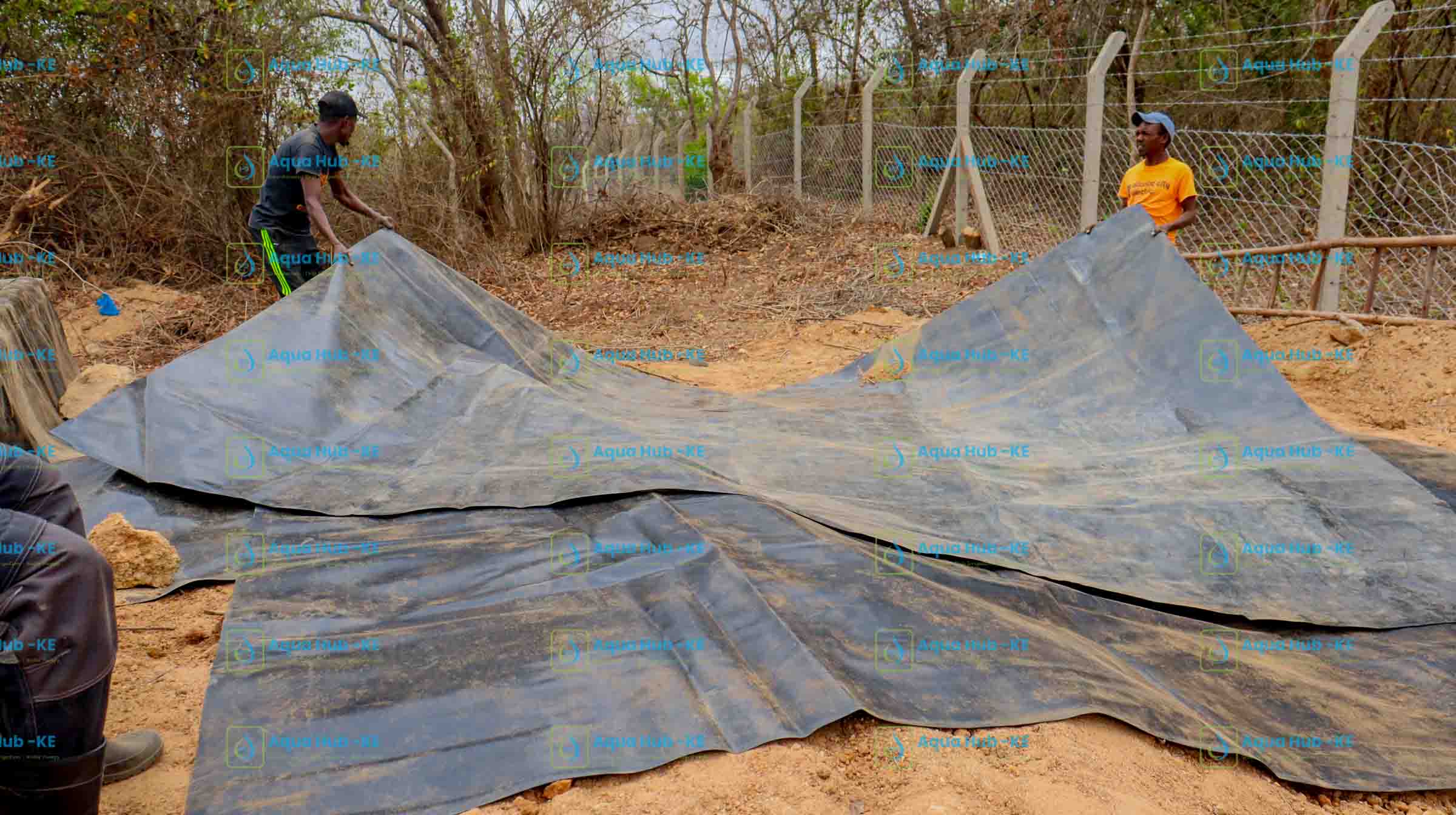
Dam Liners for Concrete tanks reinforcement are products made from High Density Polyethylene material. The dam liners are proven to be weather resistant and compatible to wide ranges of rock and terrains.
Dam liners are available in different gauges or thickness sizes which vary from 0.3 mm to 1 mm. The exact diameter sizes we have include 0.3 mm, 0.5mm, 0.75mm and 1mm. The best dam liners for concrete tanks are heavier gauges preferably 0.75mm and 1mm.
Why Dam Liners are Essential for Concrete Tanks
Concrete is a strong construction material but often develops cracks over time due to weather effects. Constant sunlight heat and cooling during cold weather leads to expansion and sudden contraction that results in cracks. Using dam liners prevent substantial water loss because it does not tear or wear. Instead it secures the tank, keeping all your stored water available and clean.
How Dam Liners Protect Concrete Tanks
Tank Liners or dam liners work perfectly by sealing all the cracks your concrete storage unit might have. These materials are smooth, strong and dense making them hard to puncture or experience mechanical damage.
Moreover, the polymers for making concrete tank dam liners are UV treated and resistant to corrosion. For this reason, dam liners are ideal for containing waste in treatment plants, septic pits, and water reservoirs.
What to Consider When Choosing Dam Liners
- Size of the Concrete Tank – the measurements of the tank determines what dimensions of dam liner you need.
- Shape of the tank – different shapes of dam or tanks require varying sizes of dam liner material.
- Concrete tank specific purpose – the exact use of the tank will determine which dam liner is best to use.
- Climate conditions – for areas with extreme conditions whether hot or cold, a UV treated dam liner is essential.
How Dam Liners are Installed on Concrete Tanks
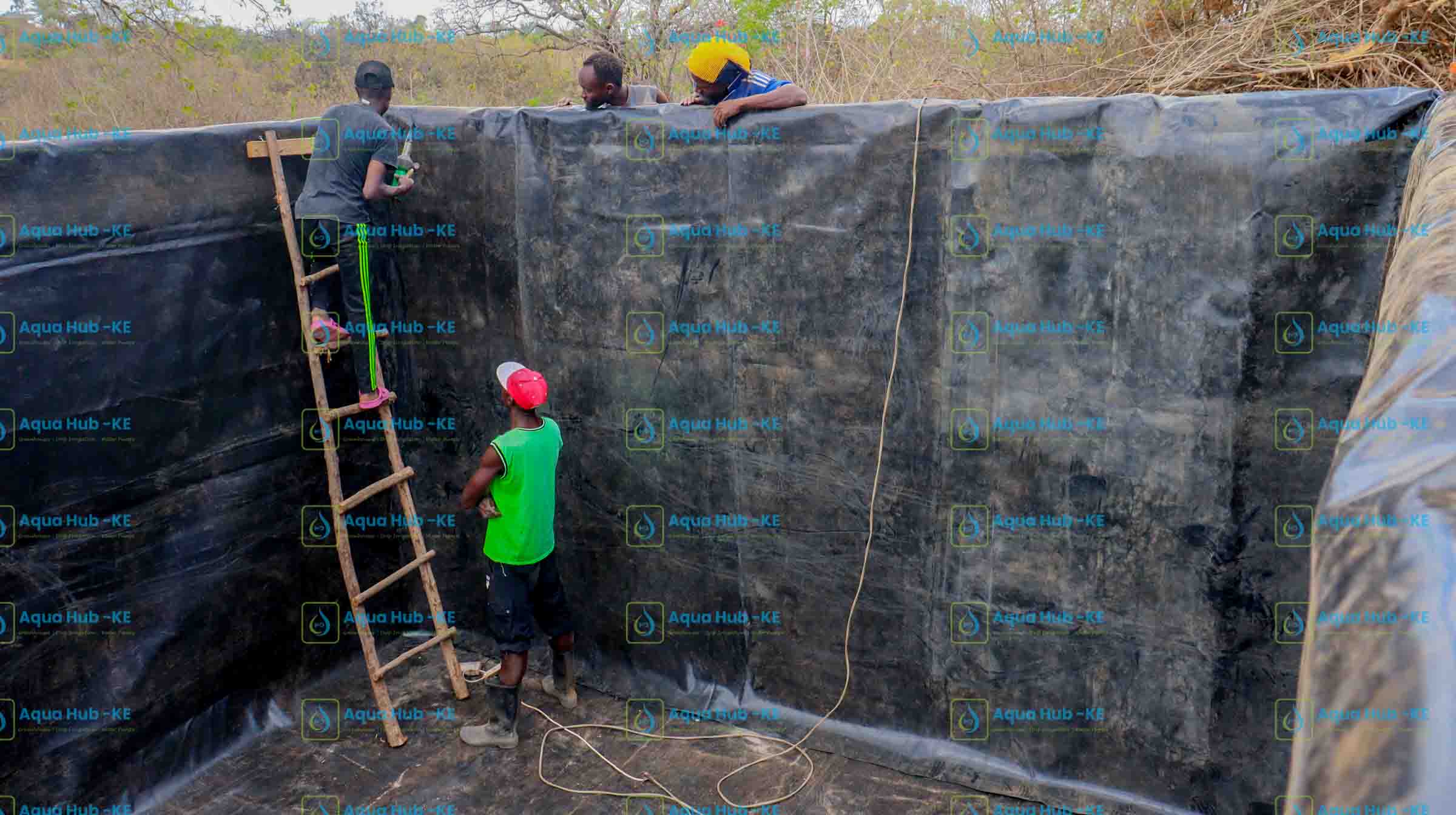
The method of installing dam liners on a concrete tank or pit is by inserting the liner, cutting into pieces that fit the shape and welding to form a waterproof surface.
Steps for Dam Liner Selection and Installation
- Site survey for observation and measurement of your tank, dam or reservoir.
- Suitable dam liner selection, quotation and payment.
- Installation scheduling, packaging and transportation of the dam liner
- Actual installation of your concrete liner.
The steps of installation of dam liners are:
- Check to ensure electricity is available nearby the site for welding. If no grid electricity, use a generator to power the welding machine.
- Unpack the dam liner and place it inside the tank.
- Spread and pull the dam liner inside the concrete tank
- Cut the dam liners into pieces to ensure easier fit and joining.
- Using the hot weldge machine, join the edges of the dam liner on the edges on the walls of the tank.
- Hold the extension of the dam liner using nails or weights.
- Pump water inside the tank to check if it there is no leakage.
Advantages of using Dam Liners for Concrete tanks Lining
- Cost effective – when you line your concrete tanks, you get reliable access to water thus you lower the expenses of buying municipal water.
- Clean water supply – dam liners prevent dirt, sediments and soil particles from mixing with water.
- Long durability – dam liners last long and thus by waterproofing your concrete tanks, the structure will last for a very long time.
- Continuous water access – by storing water in concrete tanks, you can conduct year round farming and access sufficient water for domestic needs.
- Multiple uses – dam liners are ideal for many concrete tank needs. Whether you need it for water storage, waste handling, chemical containment, water treatment it is reliable.
- Dam Liners can fit into Multiple shapes – the material is highly flexible and easier to join by hot welding and thus fits to any shape of concrete tank.
Other Common Uses of Dam Liners in Kenya
- Irrigation water storage – dam liners cover surfaces of water reservoirs to keep water available for irrigation farming.
- Industrial uses – industries such as fertilizer processing plants.
- Earth shields in mining sites – high dam liner thickness levels such as 2 mm liner can help prevent gas leakage in mining sites.
- Fishpond lining – dam liners prevent water seepage and enables fish rearing in areas with highly porous soils.
- Gutters in greenhouses – applied as gutters in greenhouse structures.
- Solar Dryer surface cover – acts as heat absorber material, contamination and underground water entry shield in solar dryers.

